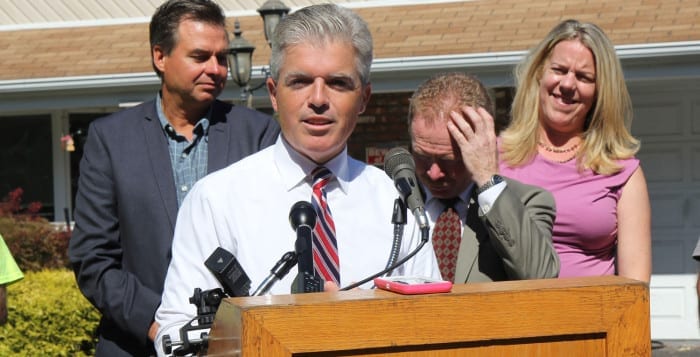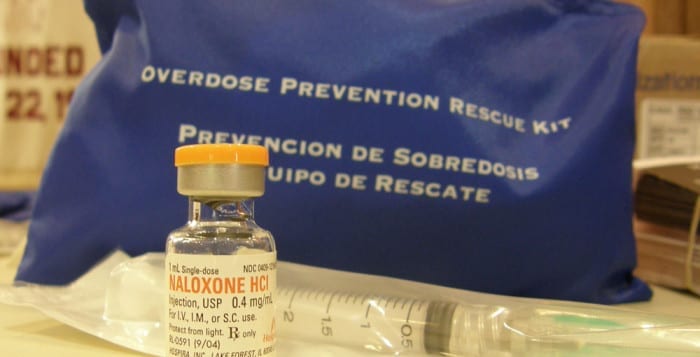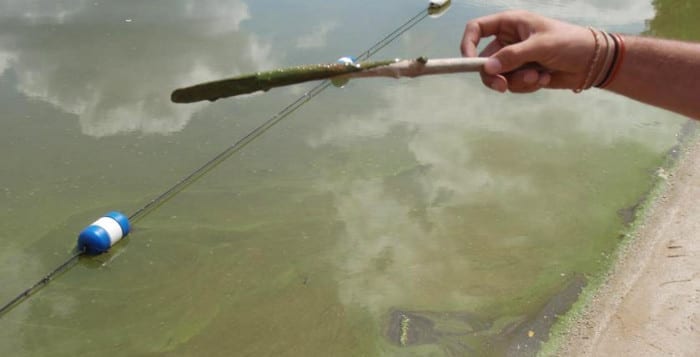Suffolk County is getting more serious about a smelly situation.
Sixteen months ago, Suffolk County Executive Steve Bellone (D) bumped water quality issues to the top of his to-do list. Now, the Suffolk County Health Department is reviewing existing sewage treatment plant sites, its enforcement and possible means to strengthen current regulatory programs.
Suffolk County Health Commissioner Dr. James Tomarken said the program could be more effective despite the efforts of wastewater management staff members.
“As a part of a comprehensive approach to improve water quality, it makes sense to review our existing regulatory programs in consultation with governmental agencies and other stakeholders to identify areas where those programs can be improved,” Tomarken said in a press release.
According to Peter Scully, deputy county executive, there aren’t any specific steps to improve the programs yet.
Earlier last month the health department met with the New York State Department of Environmental Conservation and the Suffolk County Water Authority, on Nov. 5 and Nov. 16, respectively. Scully said the department addressed regulation efforts and compliance issues with the DEC while they tackled water quality concerns and siting requirements for the sewage treatment plants.
According to the county executive’s website, there’s an excess of 200,000 on-site residential wastewater disposal systems in environmentally compromised areas in the county as of last year. Reviewing the existing programs is an extension of Bellone’s Reclaim Our Waters Initiative. He announced the initiative in March of 2014 to address the county’s poor water quality.
Nitrogen pollution is rampant in the water, which not only affects the water quality but also the organisms living in these waters. The Town of Brookhaven took on similar efforts to address Brookhaven’s declining water quality. In October, the town issued its own study about Long Island’s water, starting with the Setauket Harbor. While that study will take up to a year, conducting the review on the county’s regulatory programs may take several months, according to Scully.
The sewage plant application process will also be evaluated. The health department receives around three applications annually. The review will examine whether the department has adequate penalties for those who don’t comply with sewage plant siting regulations. The regulation process of new facilities or those under order is also up for examination. Scully said this is to help make the facilities better for the environment.








